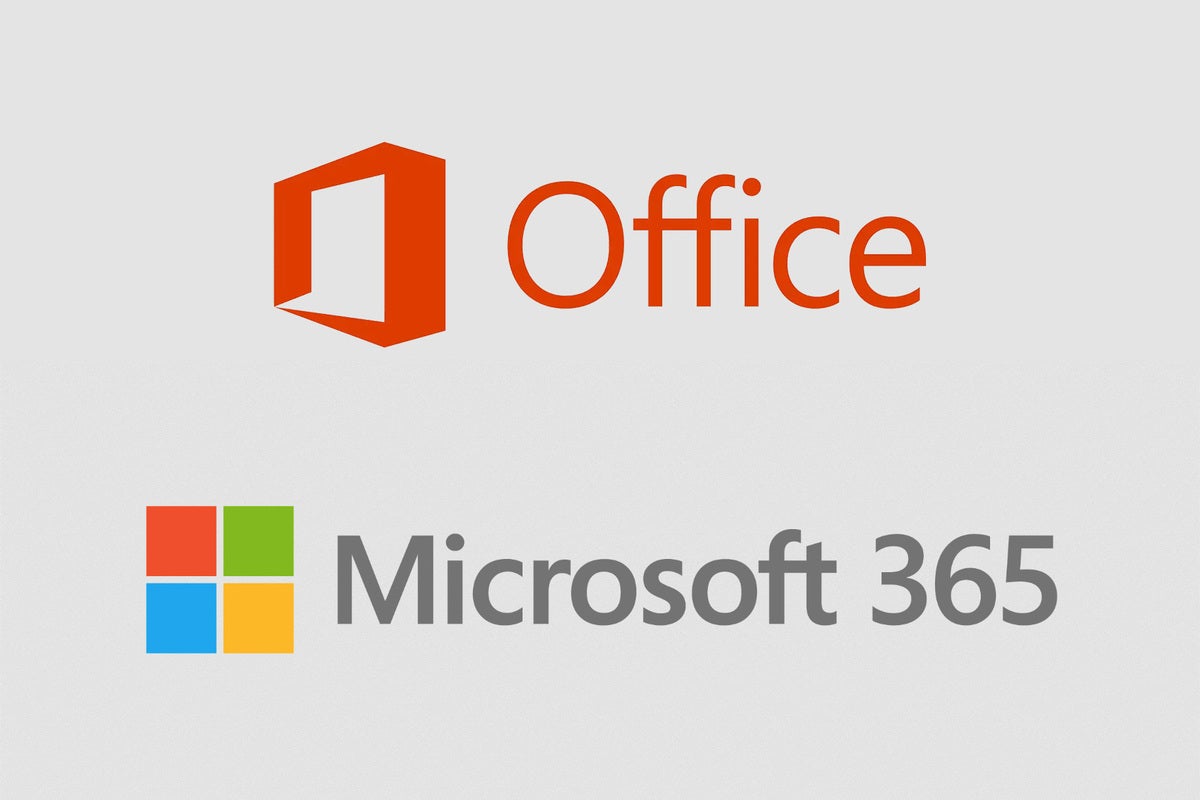Microsoft has partnered with Anaconda, a programming language repository provider, to enable Python code to run directly in Excel without any additional setup. This collaboration aims to assist data practitioners in utilizing data for analytics and machine learning within the application.
With Python in Excel, users can input Python code directly into a cell, and the calculations will run in the Microsoft Cloud. The results, including plots and visualizations, will then be returned to the worksheet. This announcement from Microsoft holds great significance as a majority of enterprise data globally is still stored in Excel sheets. Data practitioners often face challenges in using Python within Excel without the need for add-ons or additional setups.
In the past, various attempts have been made to simplify the usage of Python code in Microsoft Excel. In 2014, Zoomer Analytics developed Xlwings, a BSD-licensed Python library that connects to Excel and allows for direct interaction between Excel spreadsheets and Python applications. In 2017, Continuum Analytics, the creators of Anaconda, released Anaconda Fusion, which connects the enterprise-grade version of Anaconda with Microsoft Excel 2016 and higher. This integration allowed data scientists to share their work with Excel users through Python code and Jupyter notebooks.
Additional paid add-ons, such as PyXLL, have also been developed to facilitate the integration of Python into Excel. However, with the native Python integration provided by Microsoft, users will be able to use the new “PY” function to directly input Python code into Excel cells. This integration empowers users to perform tasks such as data cleaning, predictive analytics, and machine learning by leveraging Excel’s formulas, PivotTables, and Excel Charts.
Furthermore, Excel’s built-in connectors and Power Query enable users to easily bring external data into Python workflows within Excel. Enterprises can make use of popular Python libraries like scikit-learn and statsmodels to apply various machine learning, predictive analytics, and forecasting techniques, including regression analysis and time series modeling.
Python in Excel is currently in public preview and is available to users running the Beta Channel on Windows. The feature will initially roll out to Excel for Windows with build 16.0.16818.20000 before expanding to other operating systems.
To utilize Python in Excel, users will need to join the Microsoft 365 Insider Program. While in the Preview phase, Python in Excel will be included with the Microsoft 365 subscription. However, after the Preview phase, some functionality may be restricted without a paid license.
In conclusion, Microsoft’s partnership with Anaconda brings native Python integration to Excel, providing data practitioners with a seamless experience for data analytics and machine learning tasks. This integration eliminates the need for additional setups or add-ons and enables users to leverage Excel’s powerful tools and features alongside Python programming capabilities.

I have over 10 years of experience in the cryptocurrency industry and I have been on the list of the top authors on LinkedIn for the past 5 years. I have a wealth of knowledge to share with my readers, and my goal is to help them navigate the ever-changing world of cryptocurrencies.




